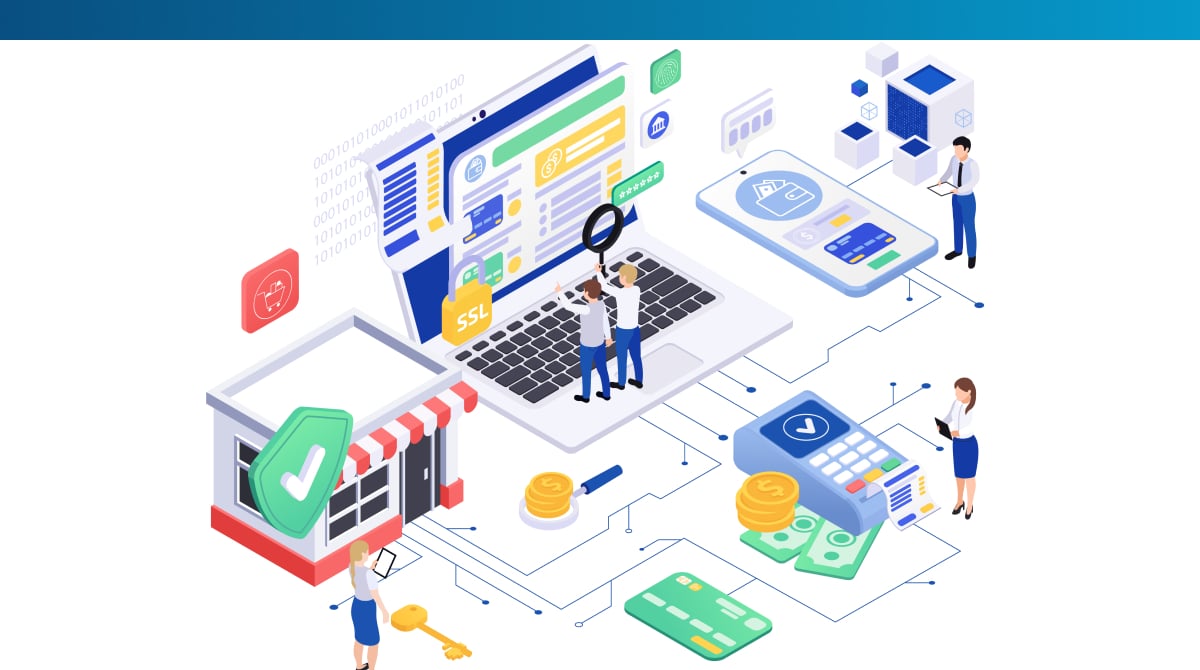So, you’ve got an idea for a great SaaS business. You’ve done your research into the business model, you’ve gotten an idea of what your upfront costs will be, and now you’re ready to find out what your SaaS financing options are.
Entrepreneurs like you have been turning to software-as-a-service for a while now as a way to build on their ideas and make money. In order to start and run SaaS companies, founders look to a number of methods for fundraising.
The SaaS market is expected to hold a value of $232 billion by 2024, and it’s no surprise that you want to be a part of such a rapidly growing industry. From short-term loans to angel investors, I’ve broken down your financing options to help you decide how to fund your startup.
Challenges in SaaS Funding
Before we dive in, you should know that there could be some challenges in getting your startup funded. In my experience, the biggest issues SaaS founders have stem from coming to the table unprepared. You can’t expect lenders or investors to believe in your vision if you can’t get them on board with your product.
As you invite investors into your business, you might start to feel like you’re losing control of your product. Partnering with the right groups is important so you can make sure that your goals align.
Opportunities in SaaS Funding
Depending on the route you take, you might be able to connect with investors, lenders, or venture capital firms specializing in SaaS financing who can introduce you to potential customers and provide valuable advice for your growth.
There are companies out there, like SaaS Capital or Capchase, whose primary function is helping SaaS startups raise money. You could consider reaching out to a group like that if you want personalized professional help getting started.
Startup Stage Financing
The startup stage is also known as the seed stage, and is a crucial part of the process. Funding in this stage supports three main areas: market research, creating a successful prototype, and hiring the best team in the business.

Consider early-stage funding to be the boost that gets SaaS startups in the door.
Series A Funding
Series A funding is the first round of fundraising for your B2B SaaS business. In this stage, you will seek out angel investors, lenders, and venture capital firms that will help you build a prototype, research your target market, and build your team. This stage will likely be led by a venture capital firm - more on those next.
Venture Capital
How can venture capital firms help you reach your goals? There are a number of ways that VC firms can get involved. Venture debt financing is an opportunity to obtain a loan that is tailored to companies that are already backed by VC firms. Your company will undergo a valuation assessment by the firm and since there is no hard and fast rule for valuations, you can and should negotiate this. They will also be particularly interested in dilution and how they will be protected from it.
Angel Investors
Angel investors are wealthy, well-connected individuals who provide equity financing or convertible debt financing. These investors usually have personal interest and experience in the types of businesses they back and can be a great option for funding if you’re looking for someone with expertise and advice to share.
Bootstrapping
Bootstrapping in business refers to the practice of starting and growing a company using only your personal finances or the revenue generated by the business itself.
I can think of a couple of billionaires who bootstrapped their way to success, so it’s not impossible. Depending on your personal cash flow and resources, you may be able to finance your own business. Doing so will allow you to avoid obstacles like high interest rates, which are a major complaint for borrowers in today’s economy.
You would retain control over your business and avoid having to answer to investors. Your monthly revenue would be your own. There would not be any complicated repayment plans. There are certainly plenty of advantages to bootstrapping, and it’s worth considering if you have the means.
Growth Stage Financing
During the growth stage, your funding is going to be used primarily for scaling your business. Your product development needs financing solutions, and as they say, it takes money to make money. In order to drive new customers to your product, you need to explore your growth stage funding options.
Series B Funding
By the time you’ve reached the Series B funding step, your company is established and you have shown that your idea was a good one. Now it’s time to scale. You’ll need more funds for this next phase of expansion and growth.
Non-Dilutive Financing
Now, potential investors want protection from a dwindling return as your company grows. Non-dilutive financing ensures that your investor does not walk away with far less than they anticipated if you end up scaling your company beyond what was expected.
Revenue-Based Financing
Some investors might prefer a revenue-based approach, in which they provide growth capital in exchange for a percentage of your revenue. This works in situations where you might need a more flexible repayment setup since the payments are based on what you earn until the investment is repaid.

Maturity Stage Financing
At this final stage, you should be looking ahead at an exit strategy. In the maturity stage your growth will continue, but at a much slower pace than before. Your investors may begin thinking about selling their shares. At this point, you can look at debt financing or other traditional loans.
Term Loans
If there’s anything a bank loves, it’s a mature business with a proven track record. In this later stage, you can seek funding in the form of term loans. You can set specific covenants and personal guarantees with your bank, provide them with your P&L and balance sheet, and show them your working capital to prove that you will make a good borrower.
Private Equity
Private equity investors are going to want a large share, or even majority, of your company. They will put in the work to help you scale the business and then explore their exit options once they’ve seen sufficient growth.
Metrics and KPIs Investors Want to See
Monthly Recurring Revenue (MRR)
Monthly recurring revenue is self-explanatory: this is the earnings you expect to receive monthly. It relies on customer retention and satisfaction. Some investors will take a percentage of your MRR as their repayment.
Annual Recurring Revenue (ARR)
Similar to monthly recurring revenue, ARR is the annual version of what earnings you can expect over a year. This matters for SaaS businesses that primarily use annual subscriptions.
Annual Contract Value (ACV)
The annual contract value is an average amount of earnings per customer contract each year. This is an annualized figure that is broken down from the term of a contract.
Customer Churn
Investors are going to analyze your churn rate and determine how many of your customers are walking away over a specified amount of time. You want to ensure that you have a low churn rate as well as a plan in place for reducing it to show your investors that you know how to keep people coming back.
Customer Acquisition Cost (CAC)
The CAC describes how much it costs to acquire customers. The lower the CAC is, the better - you need to include marketing, sales, and retention costs in this figure. Investors want to acquire and retain customers without spending too much at the outset.
The Magic Number
Your magic number looks at the above metrics, and can give you an idea of how well your SaaS business is doing. Calculating the magic number will help you understand your overall profitability and how to set your future goals.
Conclusion
As you prepare to get your SaaS startup off the ground, make sure you familiarize yourself with all of your funding options so you can decide what route to take. If you take anything from this guide, I hope it is that there are investors, lenders, and firms that want to help you bring your ideas to fruition.
What you should do now
- Book a Growth Session and learn the 3 things you should do today to unblock your SaaS potential and start scaling.
- Read more articles in our blog.
- If you know someone who’d enjoy this article, share it with them via Facebook, Twitter/X, LinkedIn, or email.

